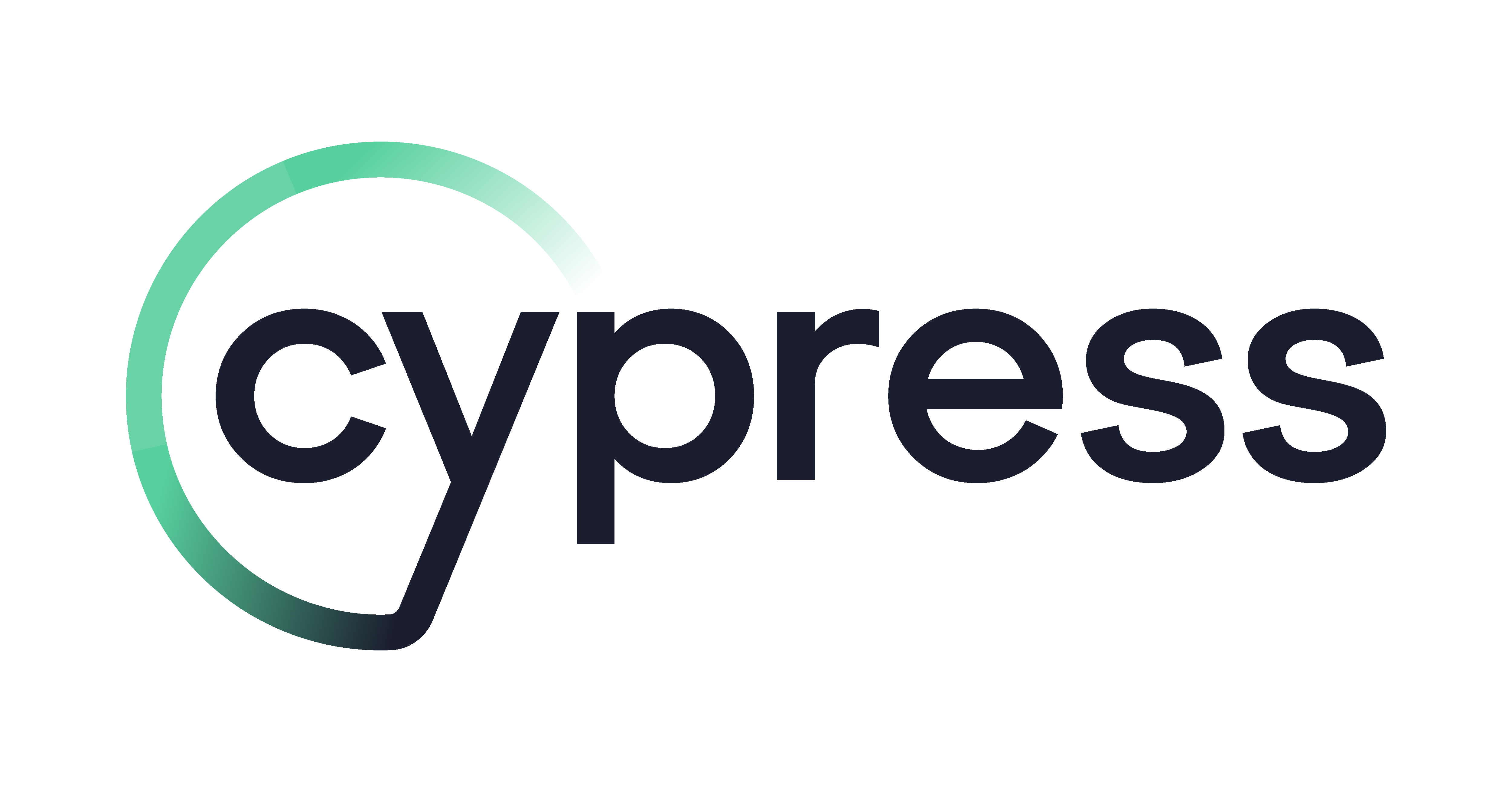
My hands-on experience diving into Cypress for end-to-end testing - exploring its capabilities, challenges, and the delightful developer experience it offers.
Building a Cypress E2E Testing Framework with GitHub Copilot
🔗 GitHub Repository: Cypress E2E Test Framework
Why I Started
After working extensively with Selenium, Playwright, and API testing frameworks like RestAssured, pytest, and RSpec + HTTParty, I wanted to explore another modern web testing tool: Cypress.
Cypress has gained popularity for its developer-friendly setup, real-time execution, and strong debugging support. My challenge was to build a complete E2E testing framework using Cypress — assisted by AI.
What initially drew me to Cypress:
- Real browser testing without the typical Selenium WebDriver complexities
- Time travel debugging - the ability to see exactly what happened at each step
- Automatic waiting - no more explicit waits scattered throughout test code
- Beautiful test runner with live reloading and visual feedback
The Journey
Getting started with Cypress was refreshingly smooth. With my background in other testing frameworks, I could onboard quickly and build the framework in just a couple of days.
Interestingly, I decided to use GitHub Copilot throughout the process — from structuring the framework to generating reusable patterns. The AI-assisted development experience significantly boosted both speed and creativity.
Framework Highlights
Here’s what my Cypress framework currently includes:
- Page Object Model (POM) implementation
- Base Page pattern for shared methods
- Custom Commands for reusable test logic
- Fixtures for managing test data
- ESLint integration for consistent code quality
- Step definitions for improved readability and maintainability
Each of these pieces contributes to a modular, scalable structure — something every automation engineer strives for.
The AI Edge
Cypress already provides a great experience for automation engineers, but combining it with AI-assisted tools took it a step further:
- Cypress Studio made element locator capture seamless through automatic interaction tracking.
- Playwright POM Generator AI Tool helped in creating locator names and methods for my test pages quickly.
- GitHub Copilot guided me in implementing Test Suite Design Patterns for maximum reusability and maintainability.
Together, these tools allowed me to focus more on creative design rather than manual setup — demonstrating how AI can truly augment a tester’s productivity.
Reflections
My experience with Cypress feels quite similar to Playwright — both are modern, fast, and intuitive. But what stood out to me most was how easily I could combine Cypress and Copilot to build a robust framework in days, not weeks.
This project reaffirmed my belief that the future of testing frameworks lies at the intersection of human creativity and AI assistance.